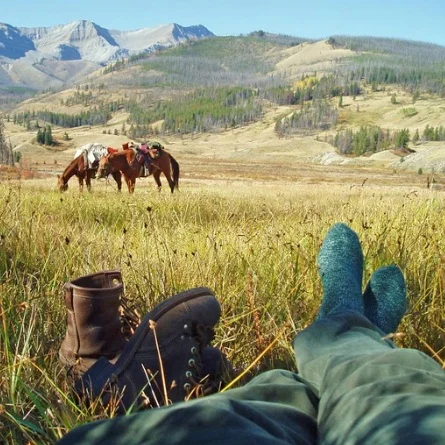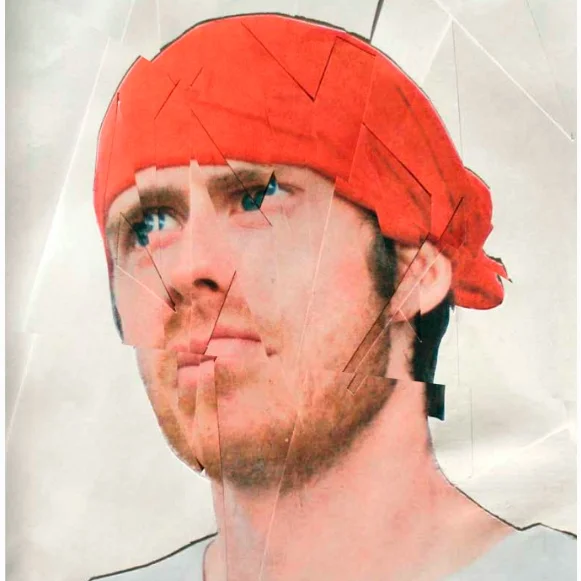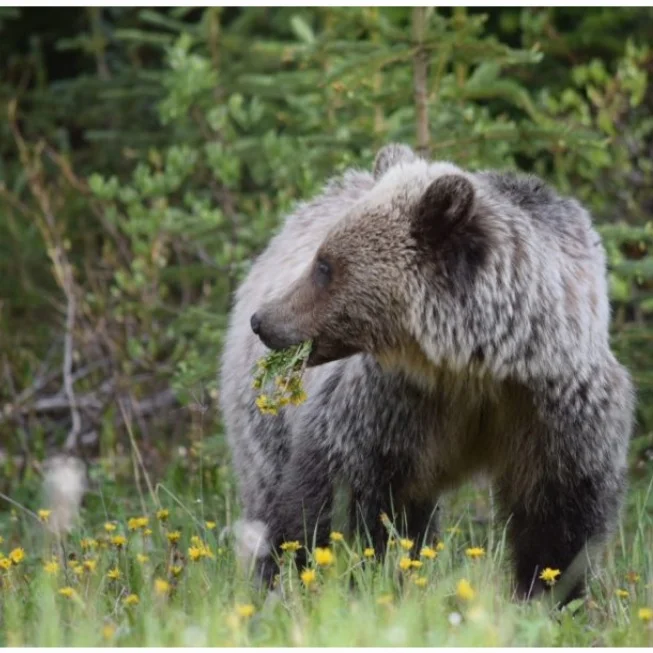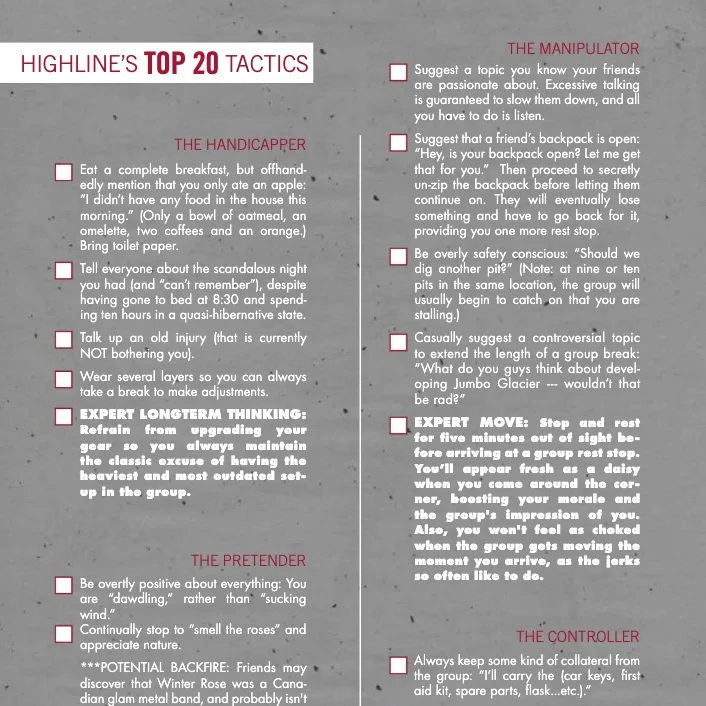Underwater Roots at Lake Minnewanka
Photos supplied by Marjory Gibney
Some dig through old church records to trace their family roots. Others browse ancestry websites. But to find her roots, including her father’s childhood home, Marjory Gibney would have to dive deep – to the bottom of Lake Minnewanka.
Bob Smith on Devil’s Bridge, 1935.
The Bow Valley isn’t exactly a hotbed of scuba opportunities. Most lake diving here rewards you with little more than poor visibility, rocks, mud and a few water weeds. But Lake Minnewanka is an exception to the general trend. Deep beneath the surface of Banff’s largest lake are the remnants of a town that existed from 1888 until 1941. The town, and the original dams, where both flooded when the construction of the present-day dam raised the lake level by 30 metres.
Bob and Laurene Smith picnicking on Cascade Bay near their home at Lake Minnewanka, 1935.
My father, Bob Smith, grew up in one of the houses at Minnewanka. His father, Enoch Smith, was the electrical engineer in charge of the construction of the original Dominion Government Cascade Power Plant in 1923/24, that would provide electricity to the town of Banff. Enoch loved the mountains so much that when the construction was complete, he stayed on as the Plant Superintendent. He married my grandmother, Laurene, in 1924, and Dad was born in 1926. The rest, as they say, is history.
Dad was the only child living at Minnewanka until he was 13, and spent his boyhood doing what so many of us do here in the valley exploring and falling in love with the mountains and natural habitat that surrounded his home.
There are two parts to the old Minnewanka townsite. The resort village of Minnewanka Landing was founded with the building of a hotel in 1888. In 1923, three homes were built about a mile west of the village, on Cascade Bay, as housing for the Plant Superintendent (Grandpa!) and the hydro plant operators.
Map of Lake Minnewanka, 1924, showing position of Power plant homes and features.
Map of Lake Minnewanka dive sites.
SEARCHING FOR THE CHILDHOOD HOME
In 1997, my husband, Greg, and son, Kevin, set off for the first time to see what they could find of this home where granddad had spent his childhood. On this and subsequent dives, they visited the house and surrounding features, and even found the old root cellar where vegetables were stored for the winter. For any of you who dive at Minnewanka, this might add a bit of extra interest to your next dive, showing what used to be inside the bare foundation that youll find on the lake bottom.
Foundation of Smith House.
The Smith House at Lake Minnewanka.
Floor plan of Smith House at Lake Minnewanka.
For those of you who don’t dive, you can still go exploring to find the concrete, stone-faced shell of the 1924 power plant, hidden among the trees along the former course of the Cascade River (see photo below).
STILL CURIOUS?
Original Cascade power plant.
The National Parks website is a good place to find information on the history of Lake Minnewanka and diving at Minnewanka. On the dive site map here, Dad’s house is #13.
If you’re interested in reading some of Dad’s memories of growing up at Minnewanka, you can find his memoir (Robert Neville Smith), in the biographical history of Banff, We live in a postcard: Banff family histories, published by the Banff History Book Committee in 2005. The book is out of print, but you can find copies at the Banff Public Library, the Canmore Public Library, or the Bighorn Library in Exshaw.
Bring history to life, and enjoy your next dive. Check out this article from CTV News about an archaeological dive search of the Minnewanka townsite.
Marjory Gibney
Marjory Gibney is a Bow Valley lifer, born and raised in the now non-existent town of Seebe, with the Bow River and Mount Yamnuska in her front yard. Having emigrated the vast distance to Canmore, she has to admit that it’s extremely unlikely anything will ever pry her loose from the Valley. With strong Valley roots (her Dad was born and raised in Banff), Marj has absorbed a fair bit of the natural and human history of the area. She retired in 2008 from her career as a school librarian at Lawrence Grassi and Exshaw Schools, and with more time to focus on photography, music, travel and various other passions, she is enthusiastically pursuing her new career as a full time leisurologist.















